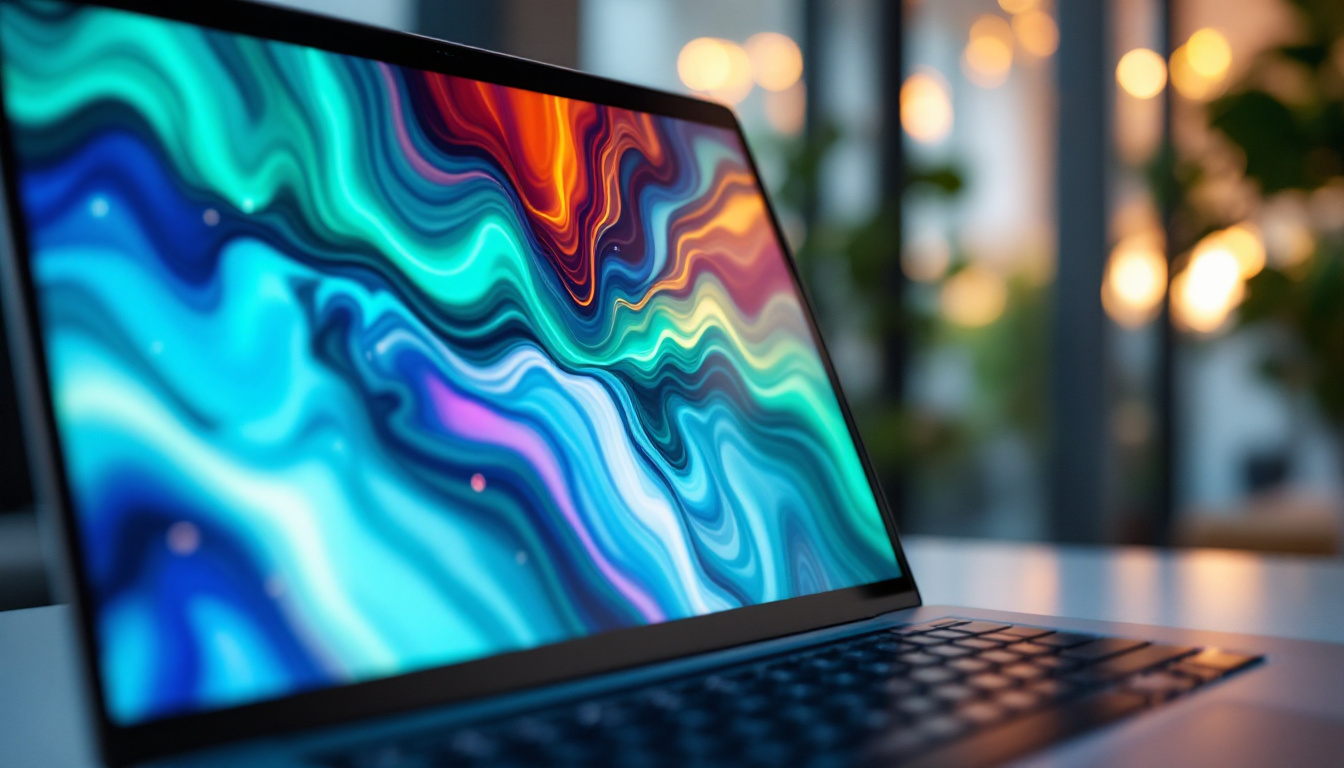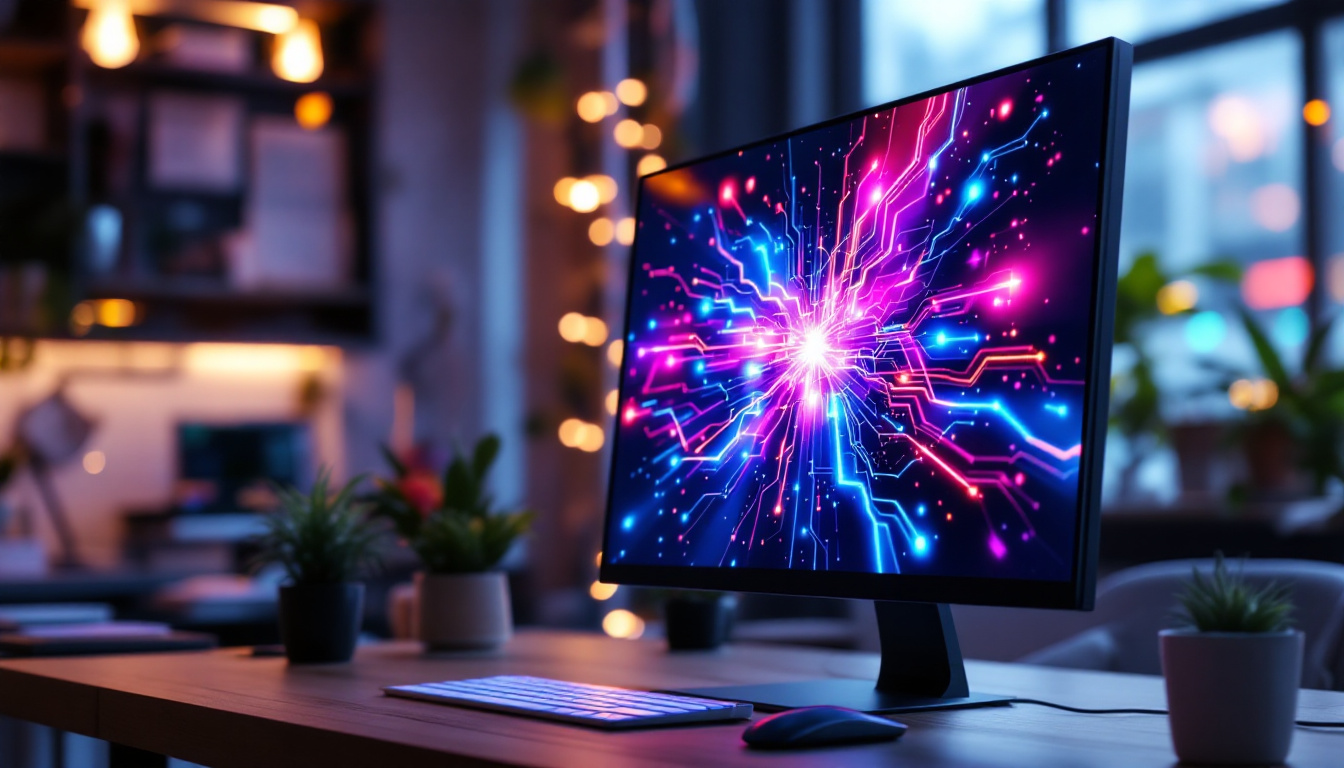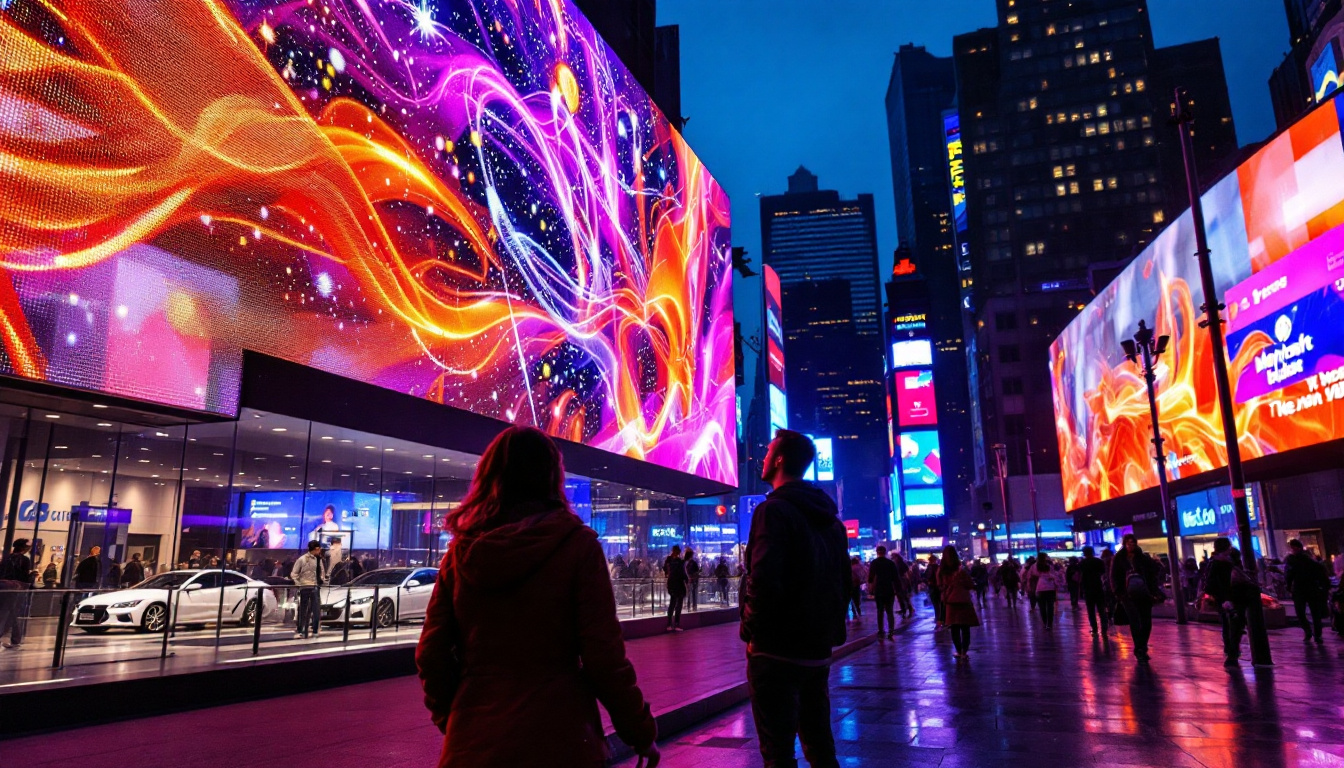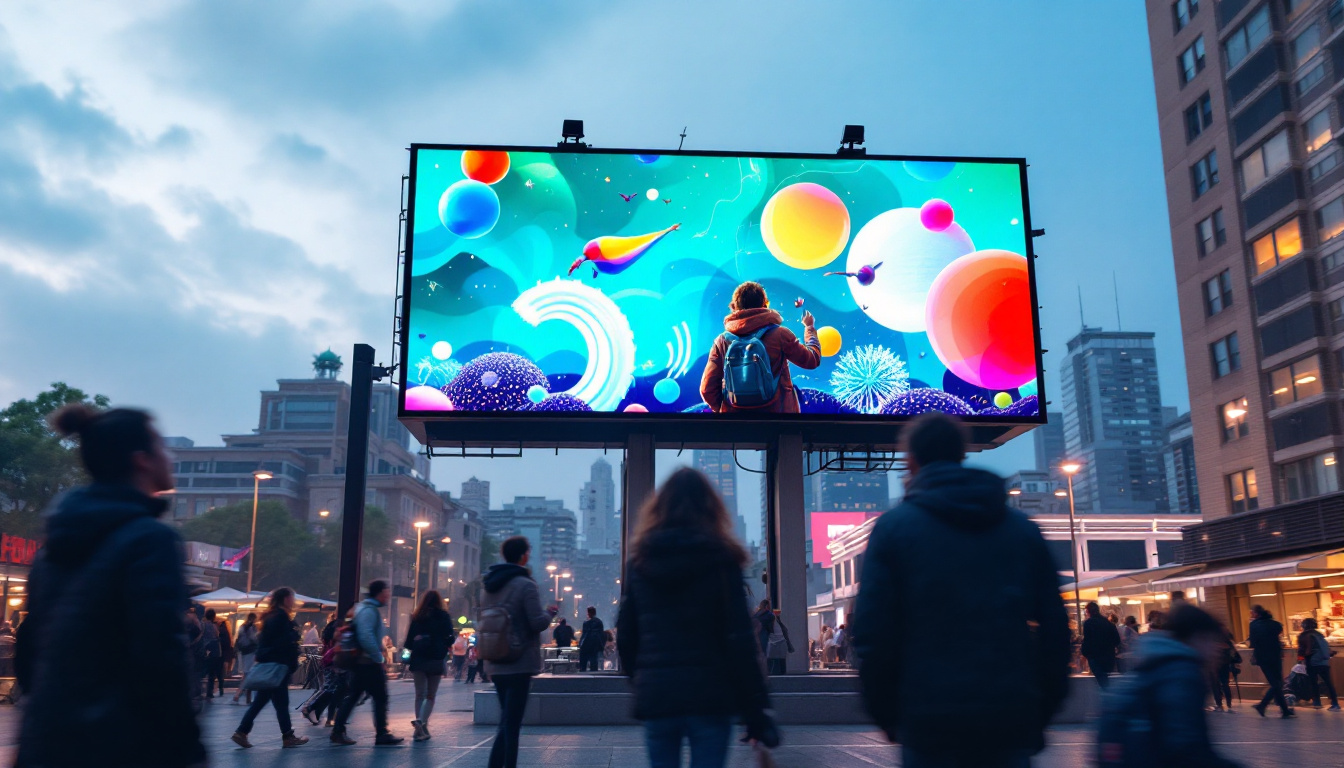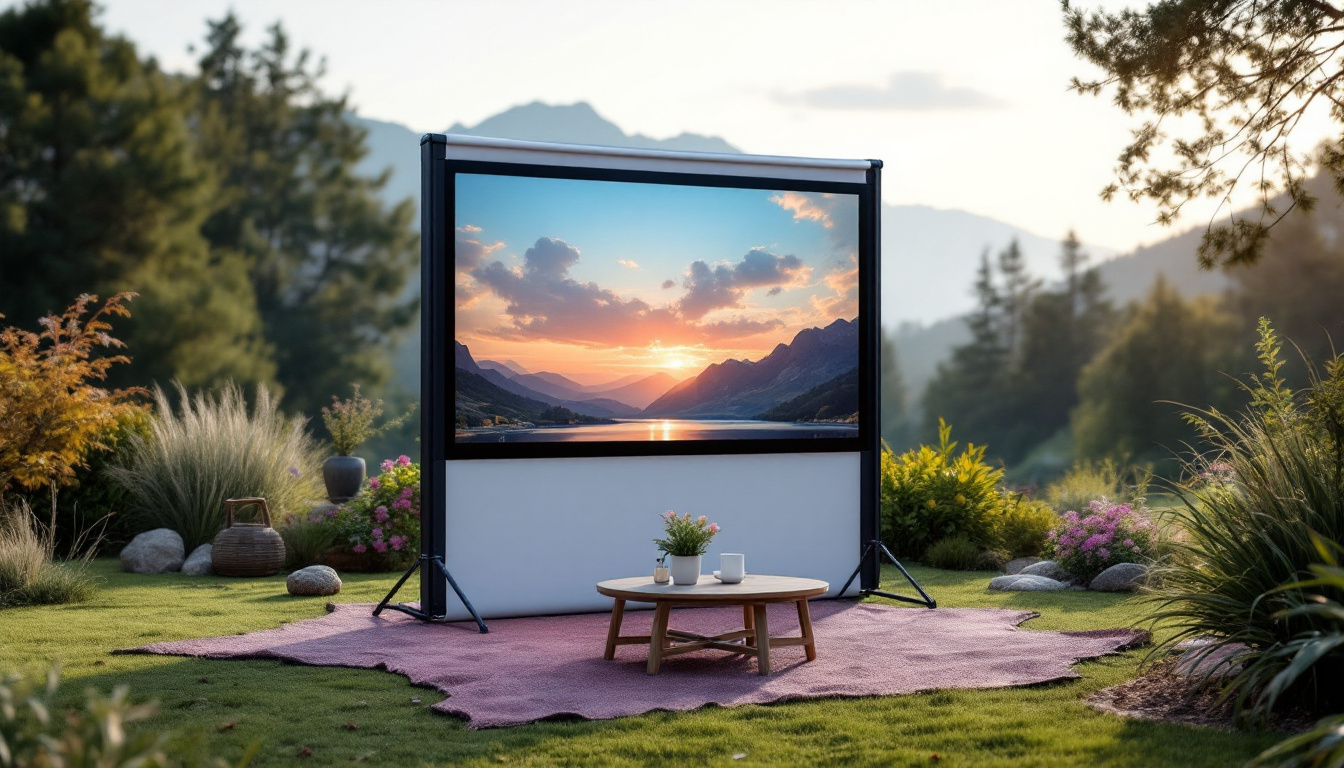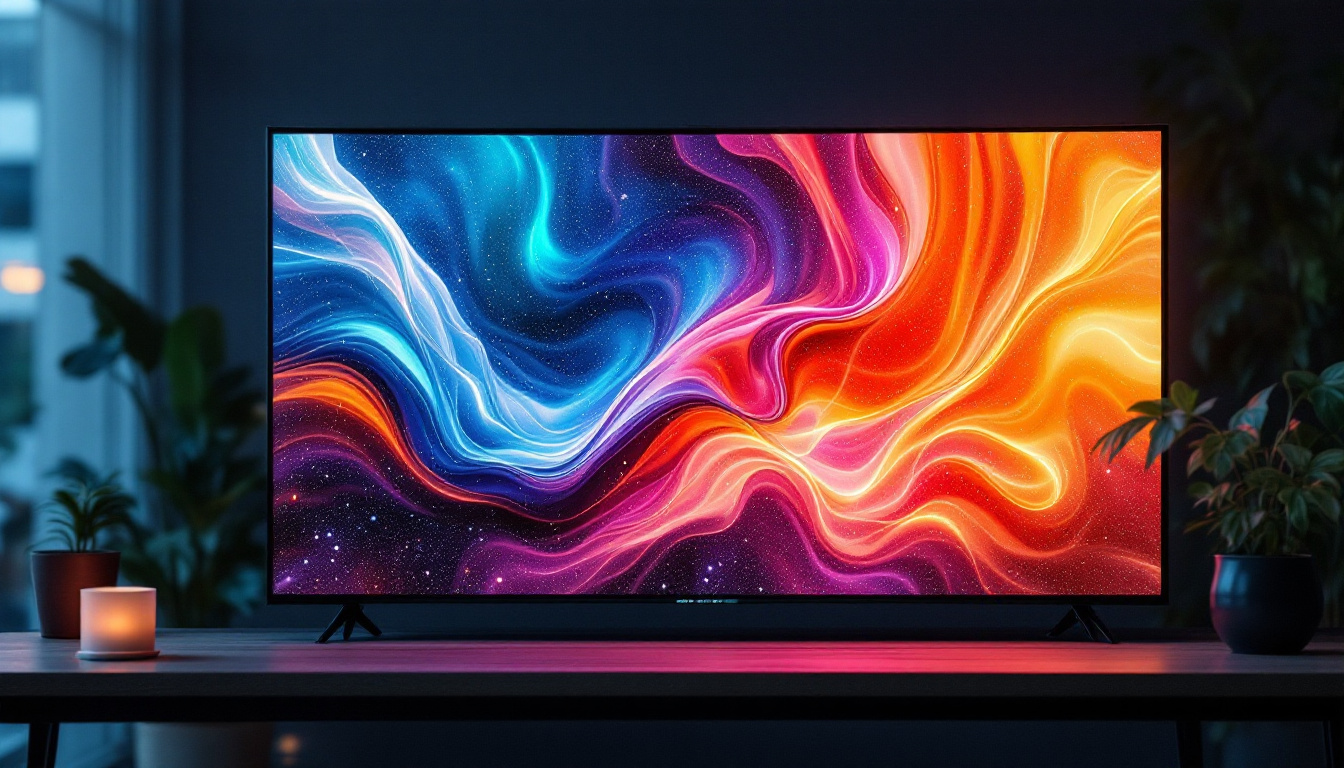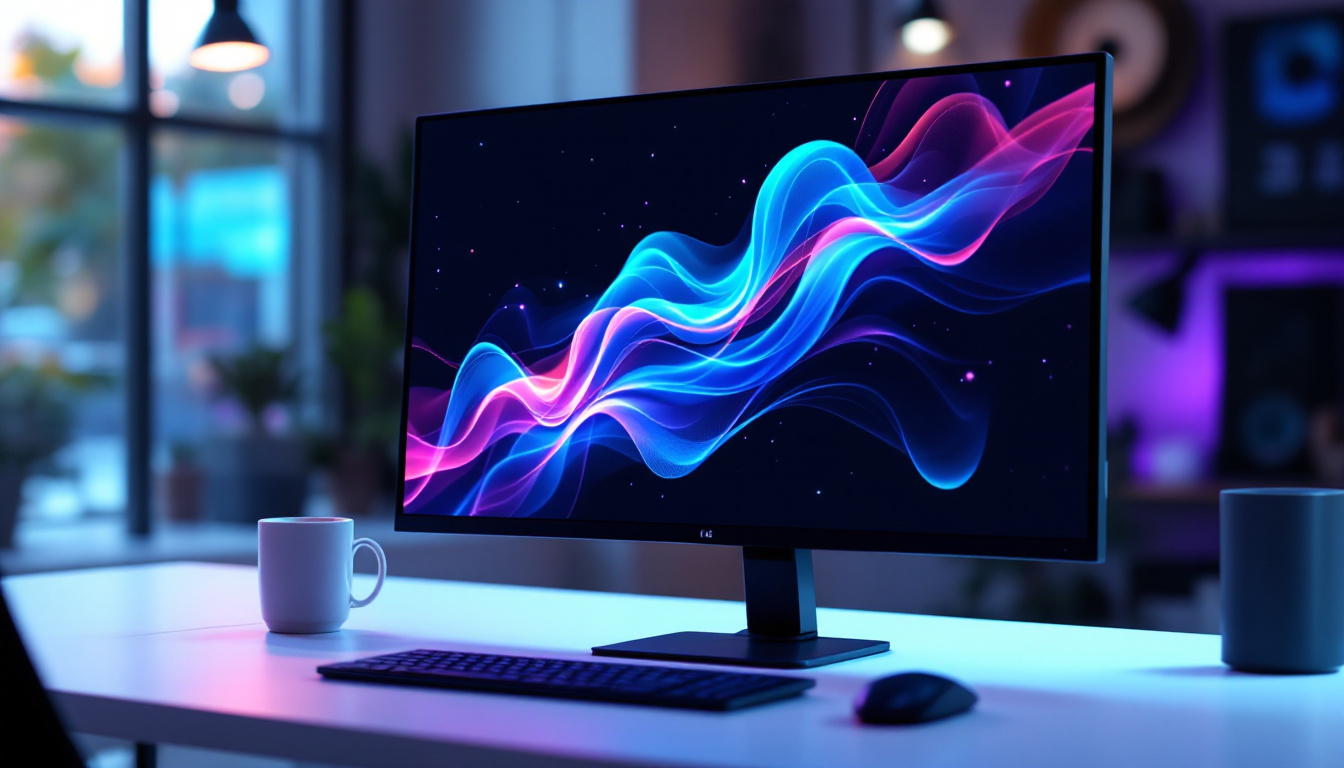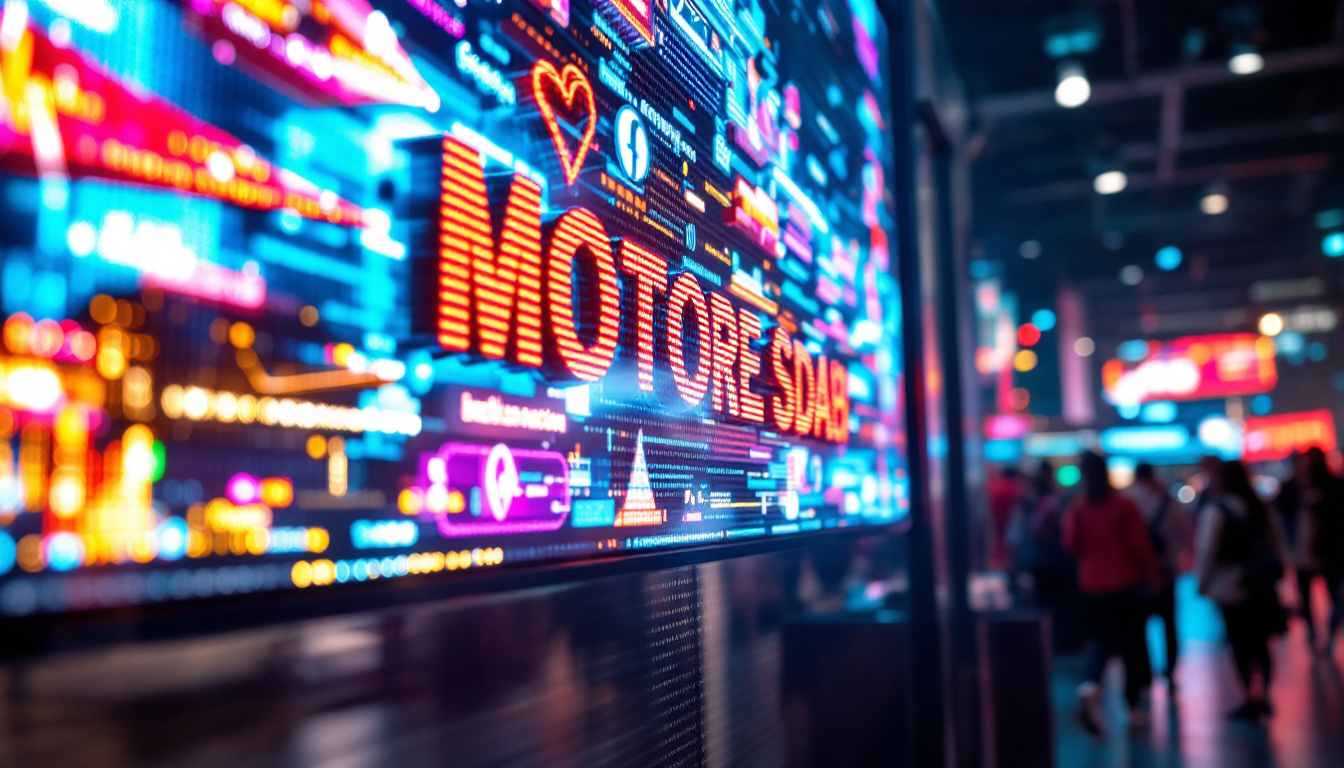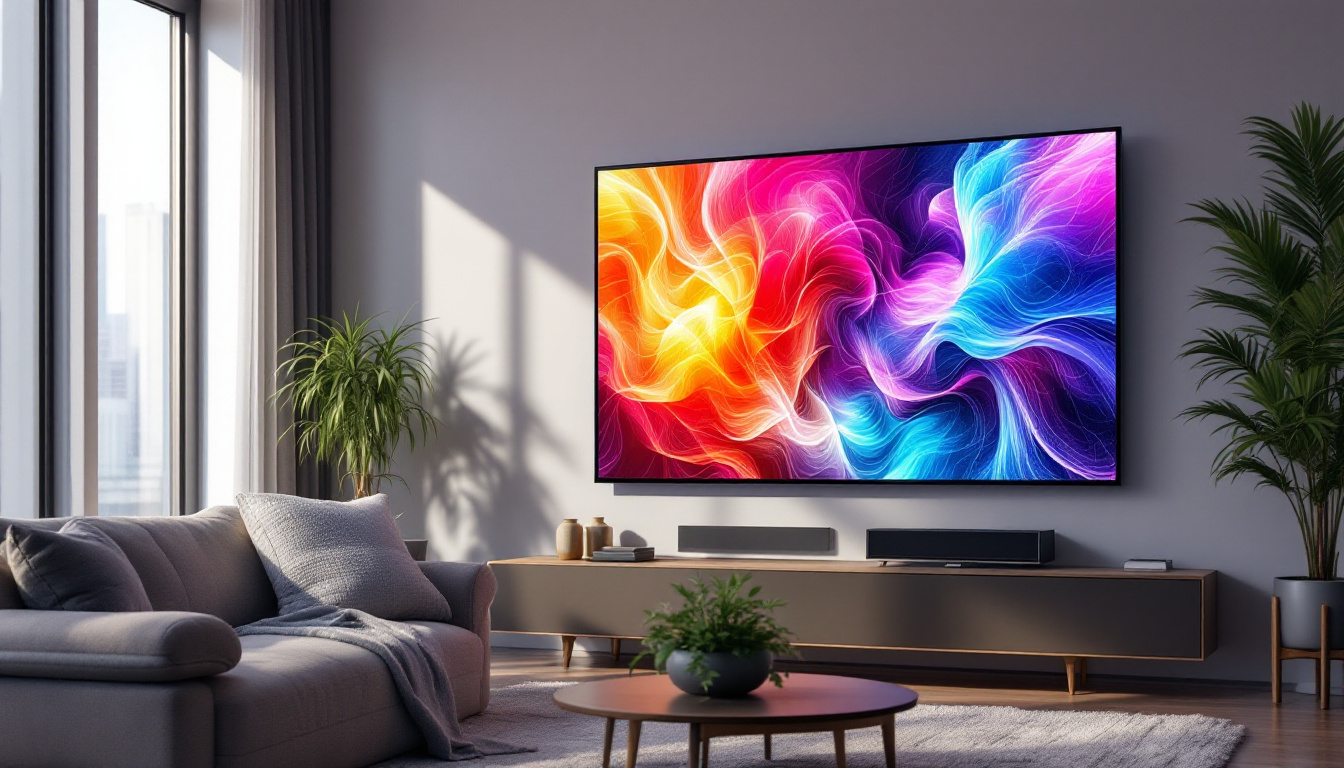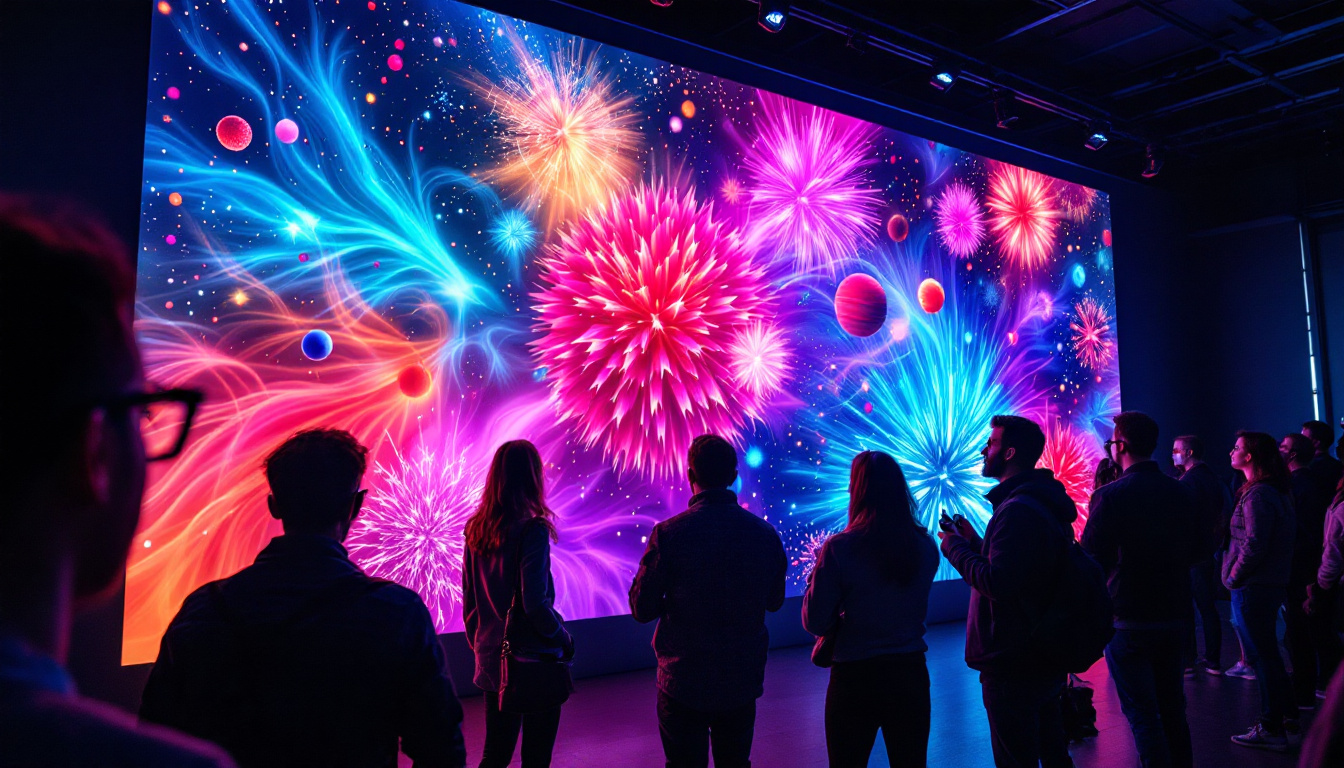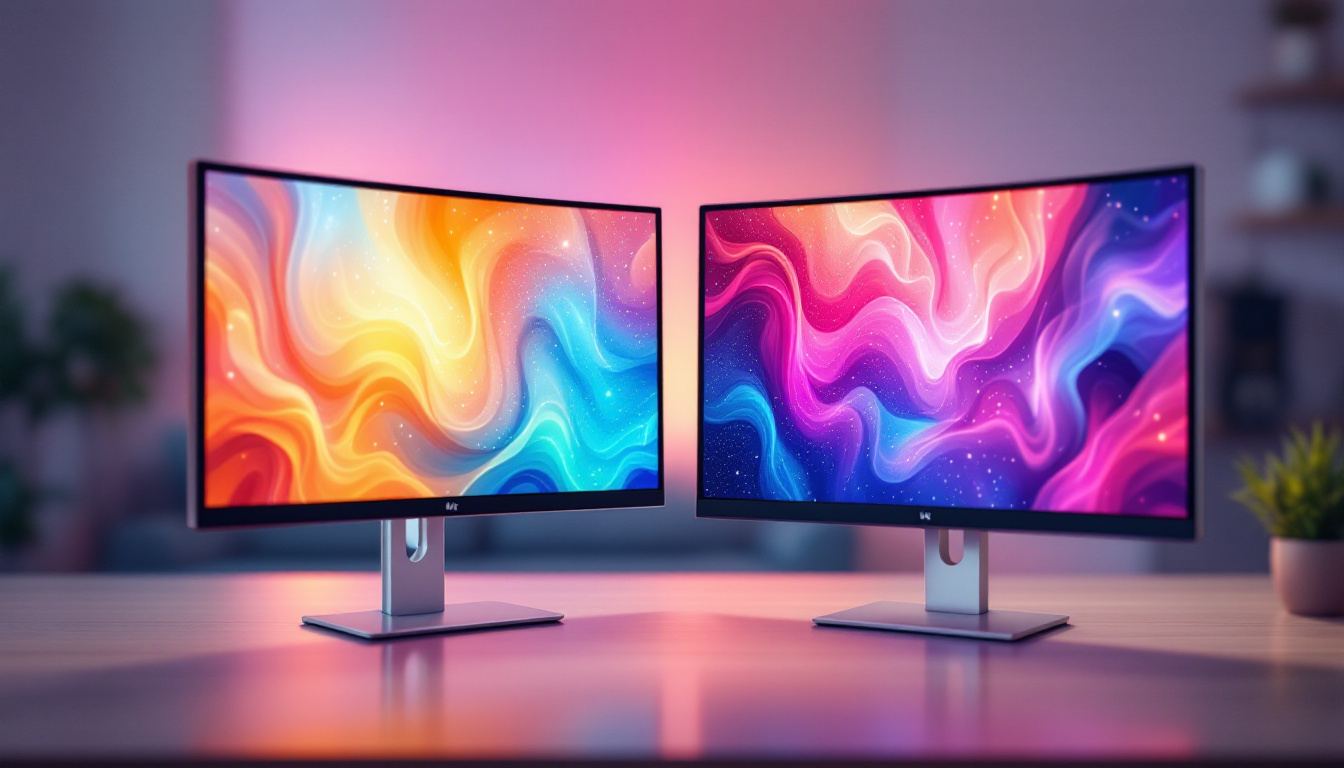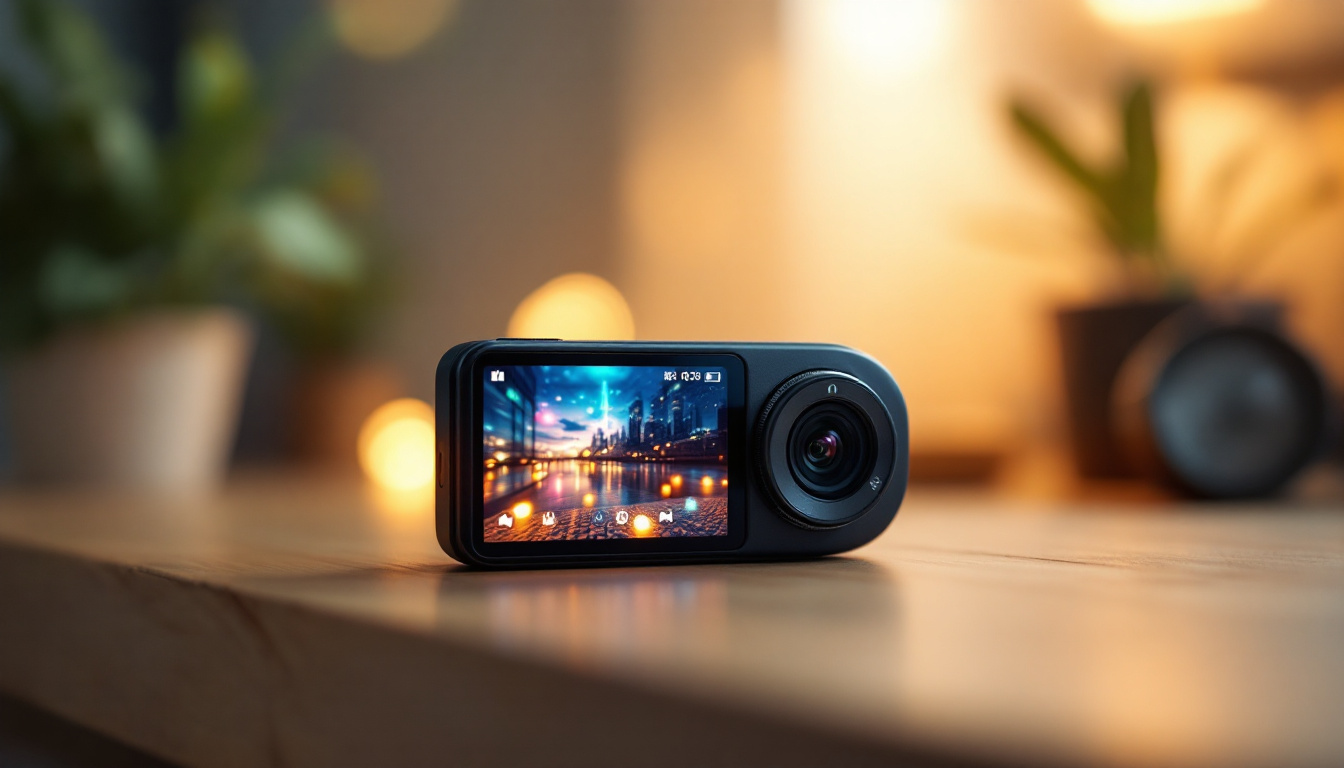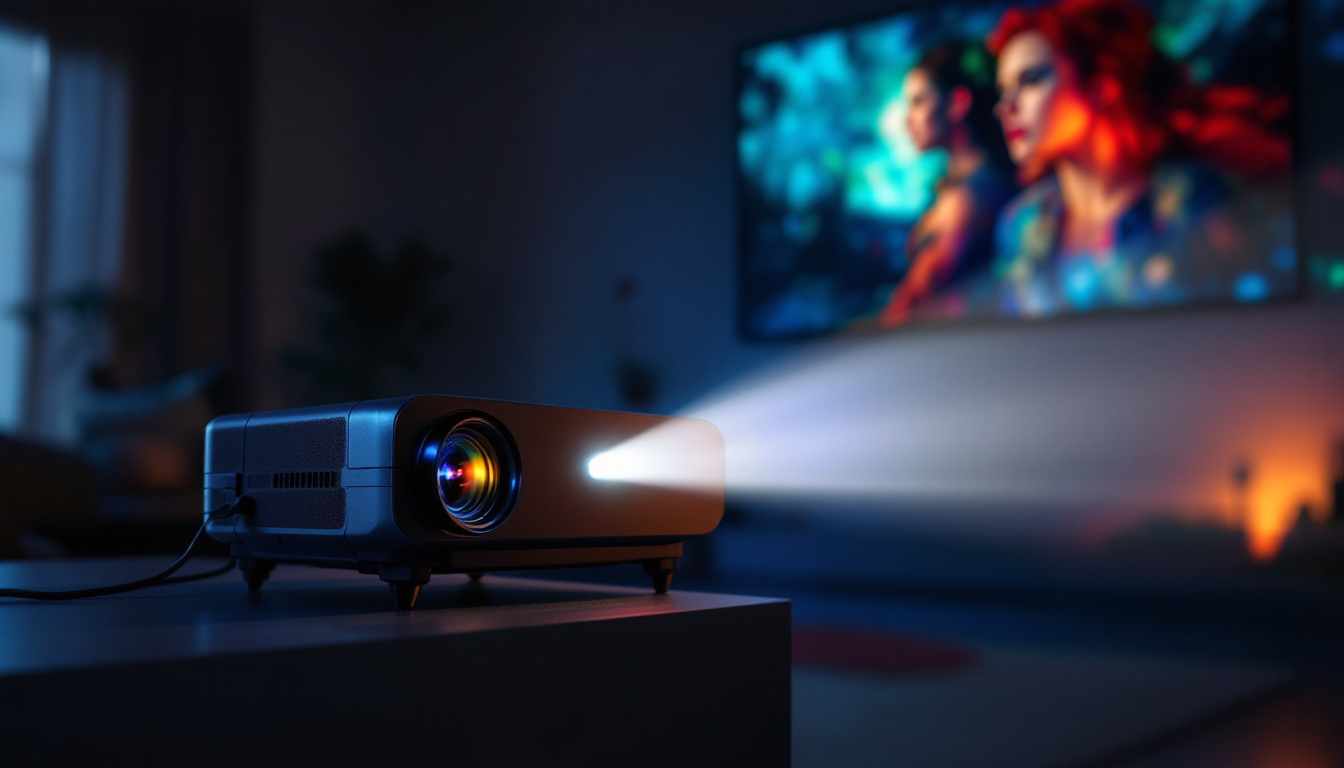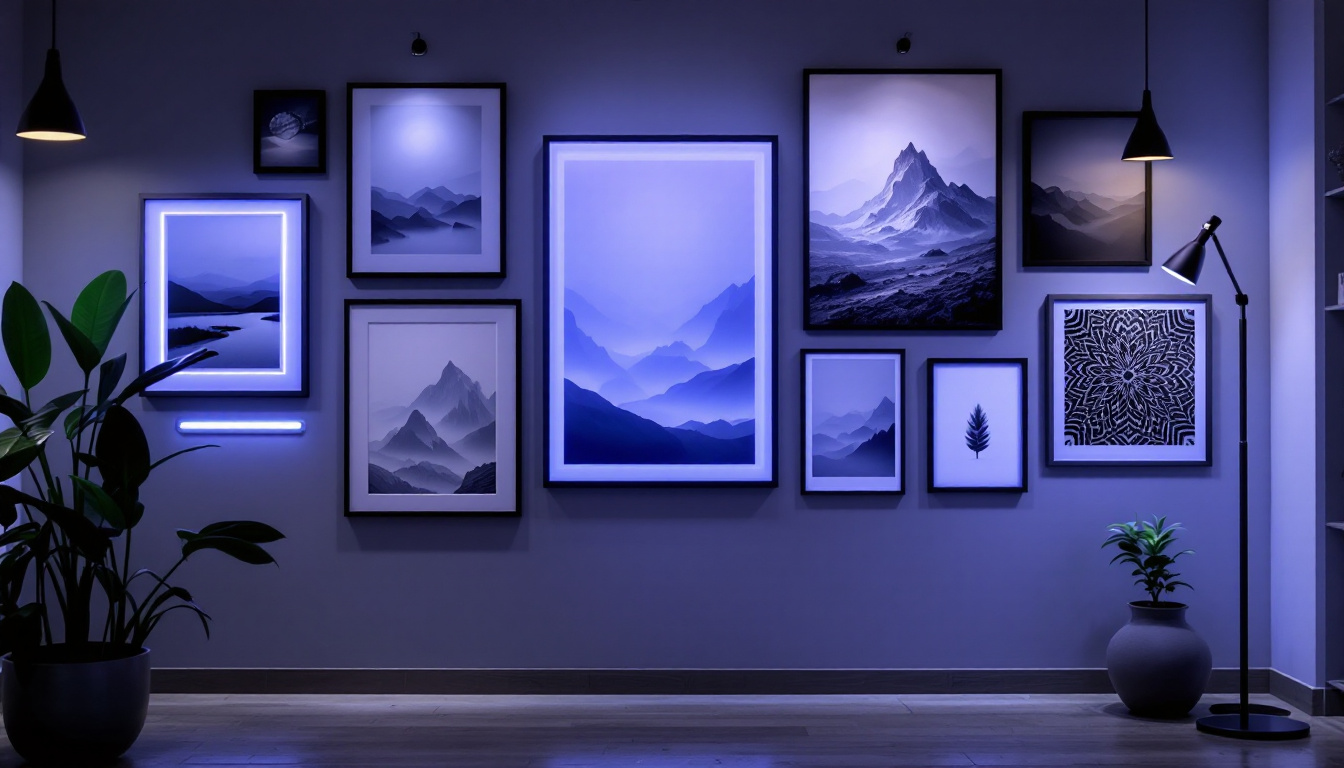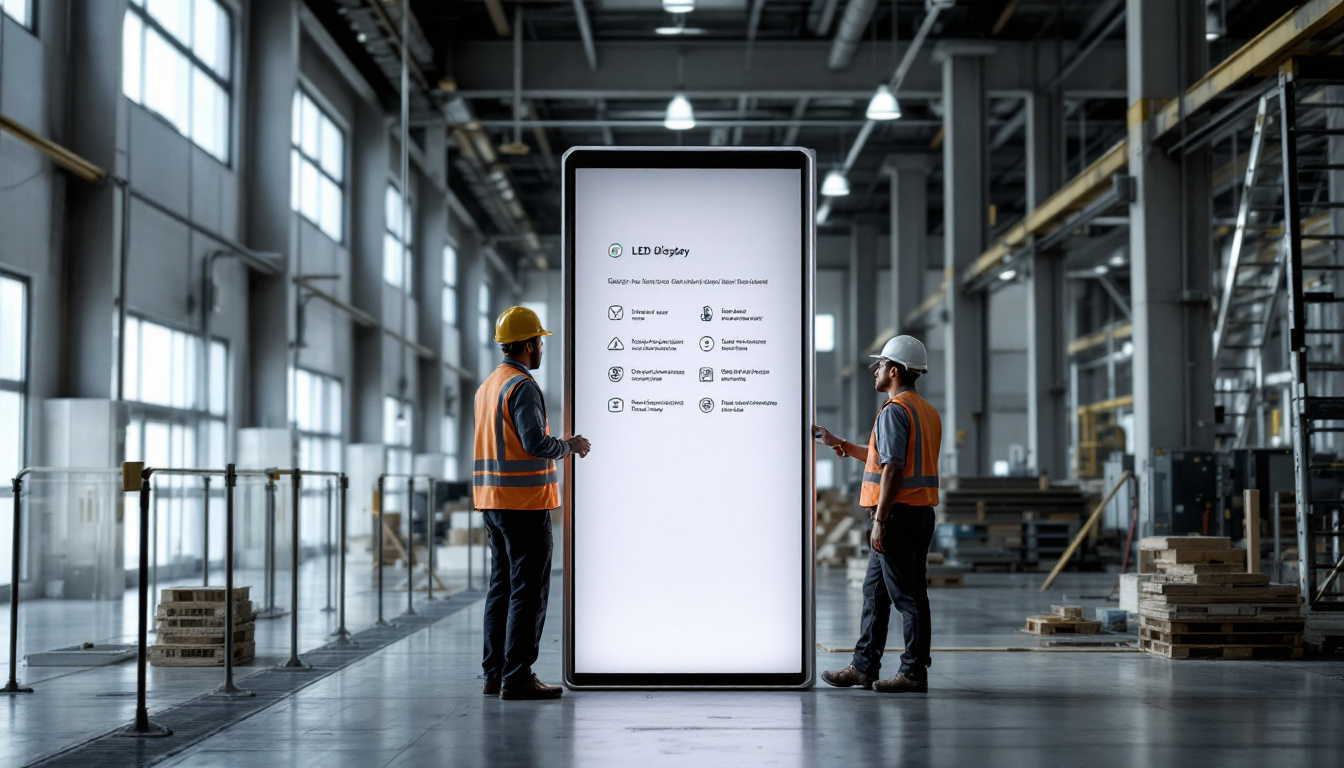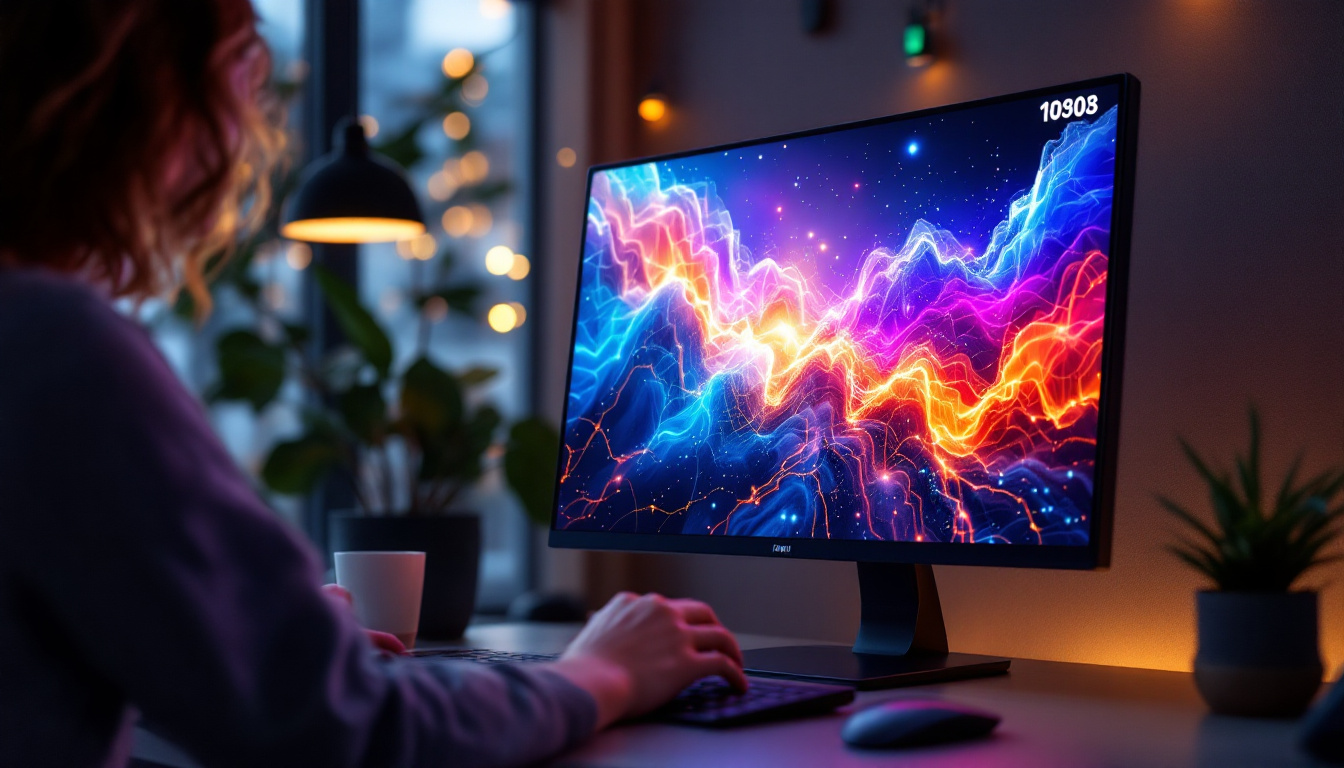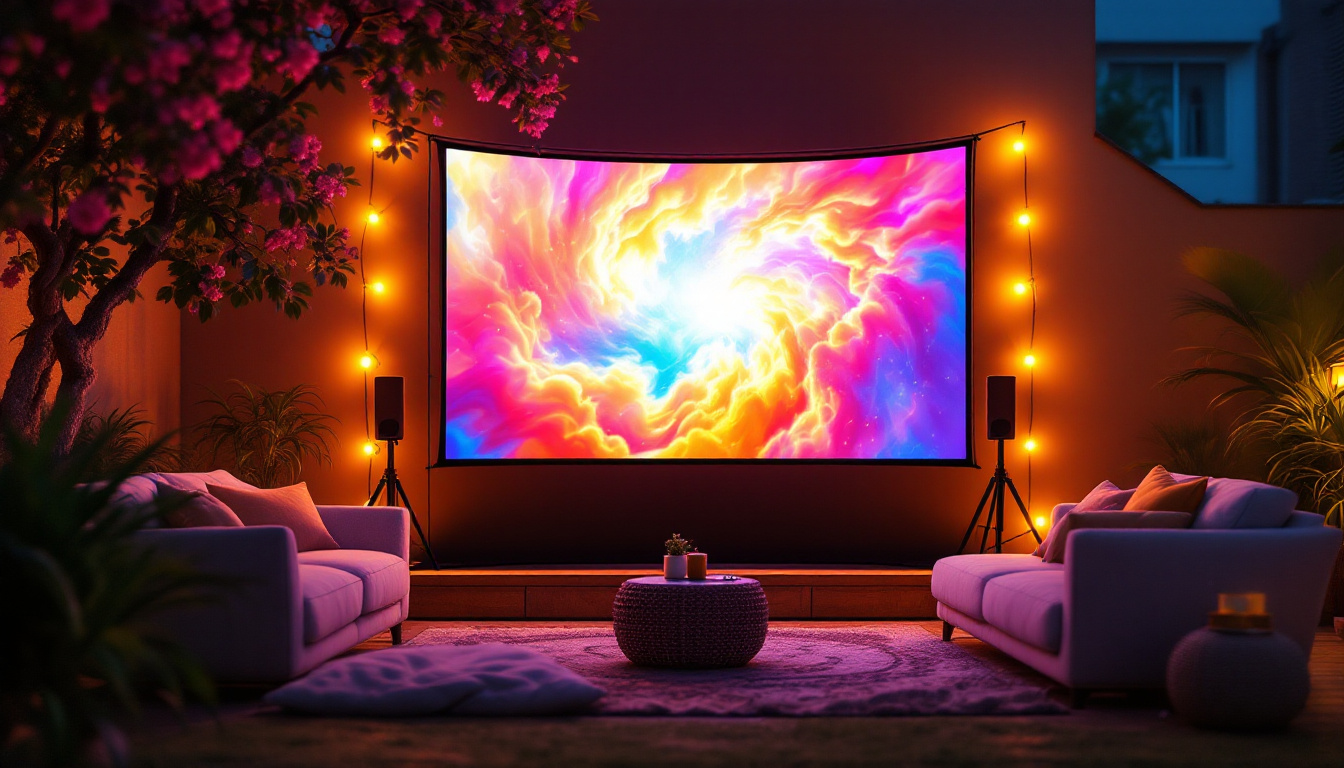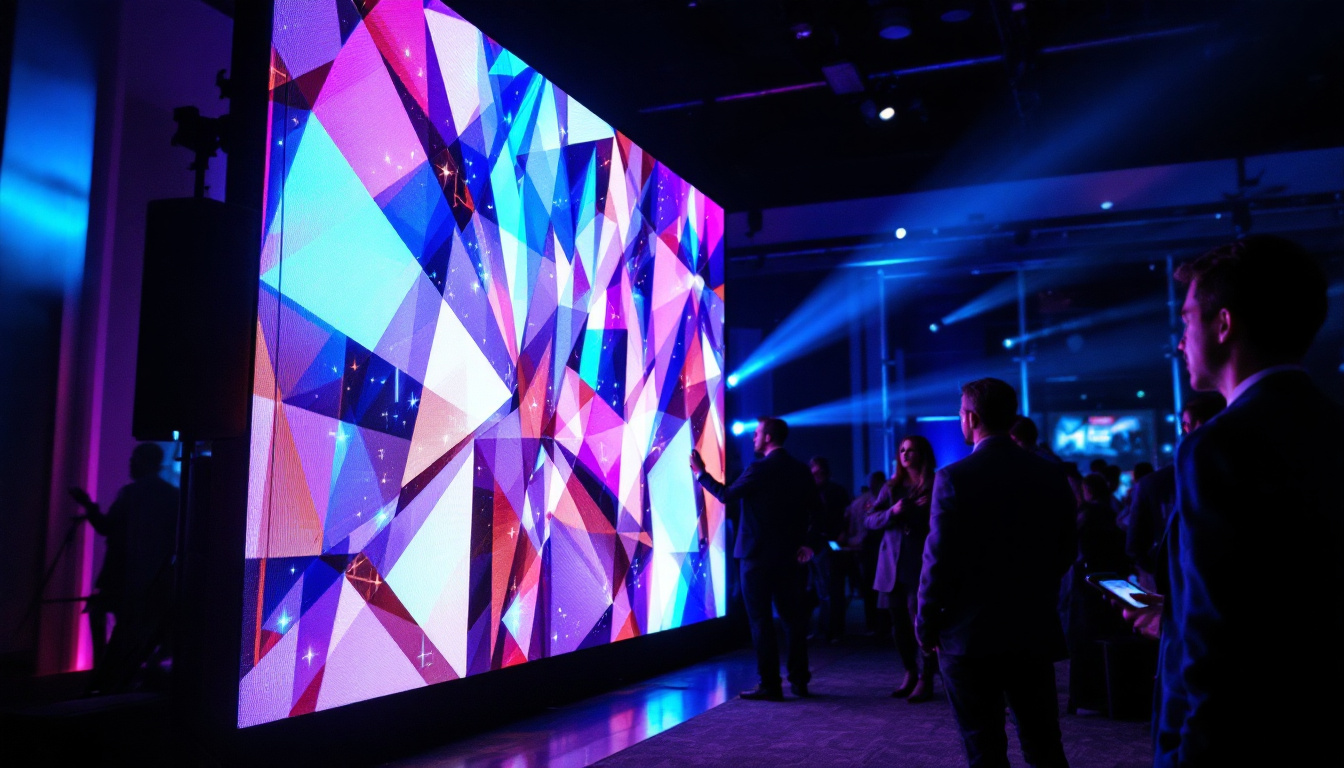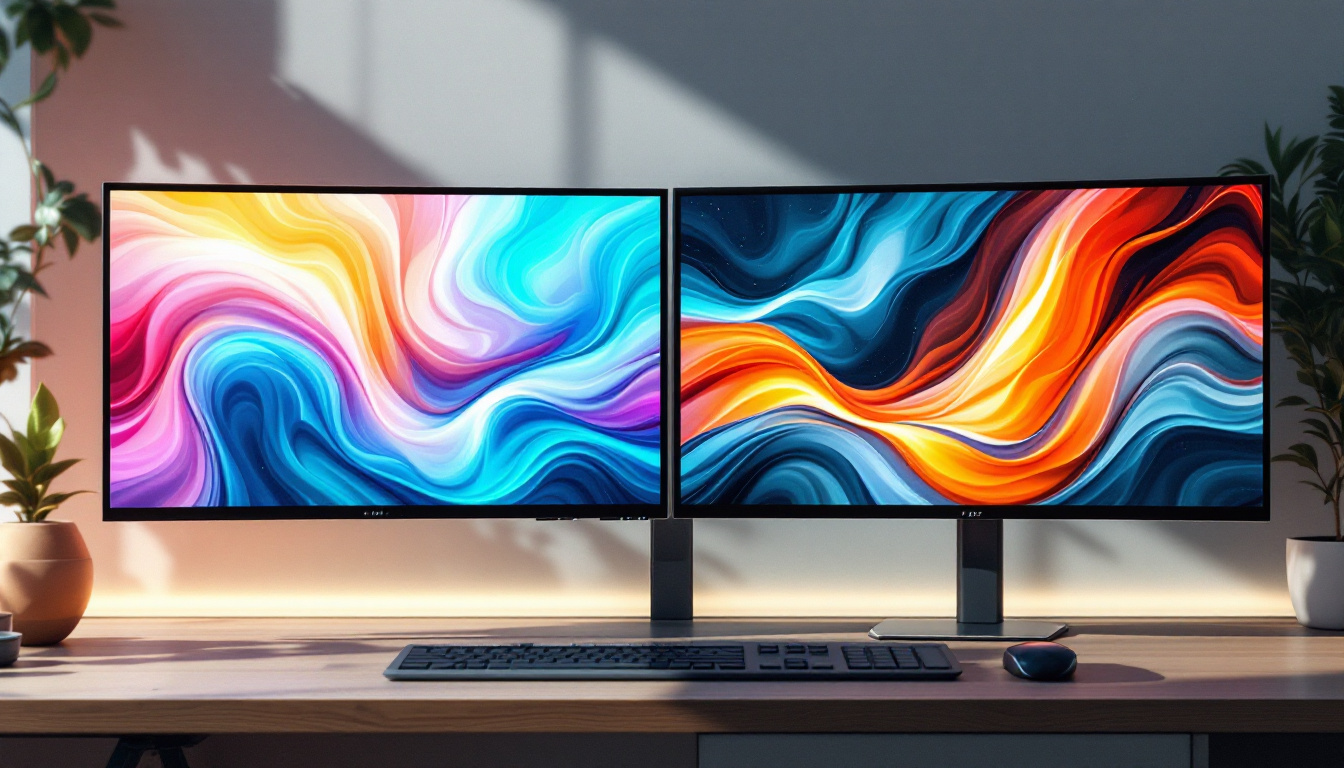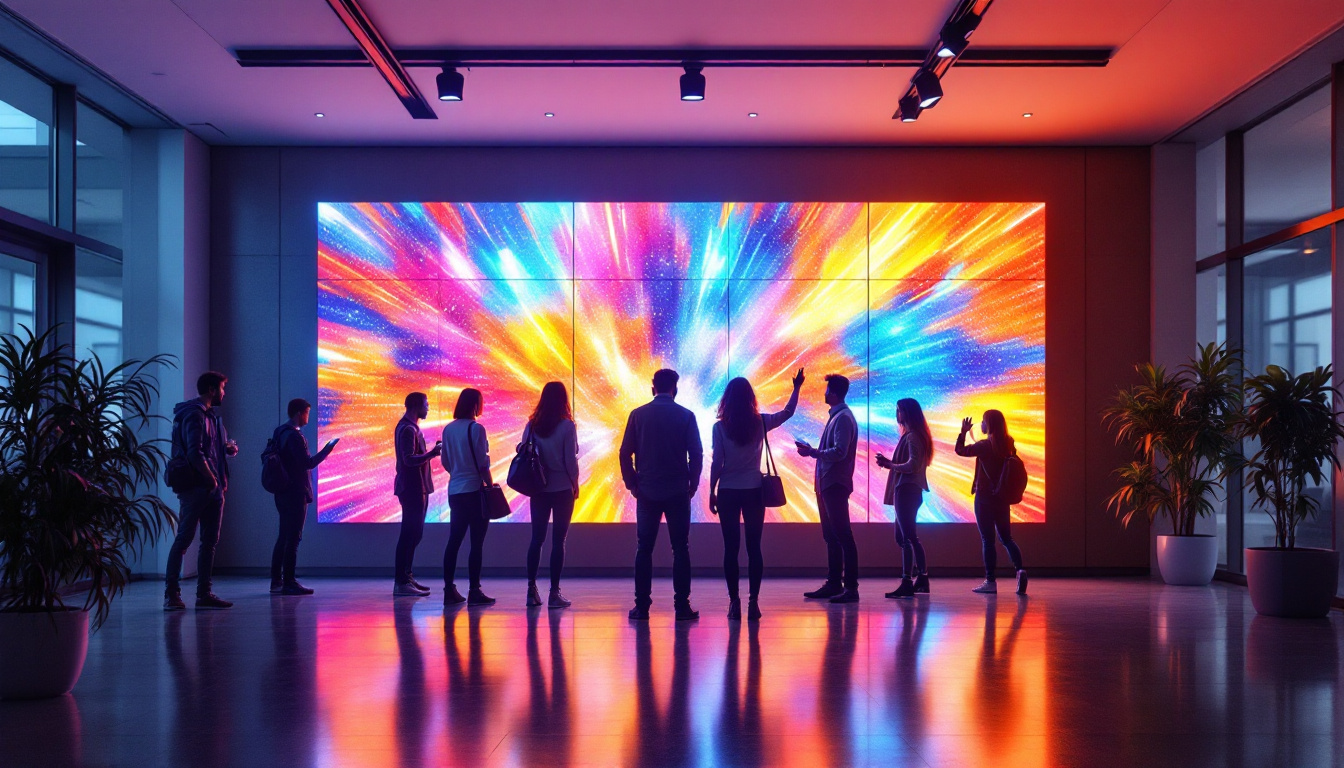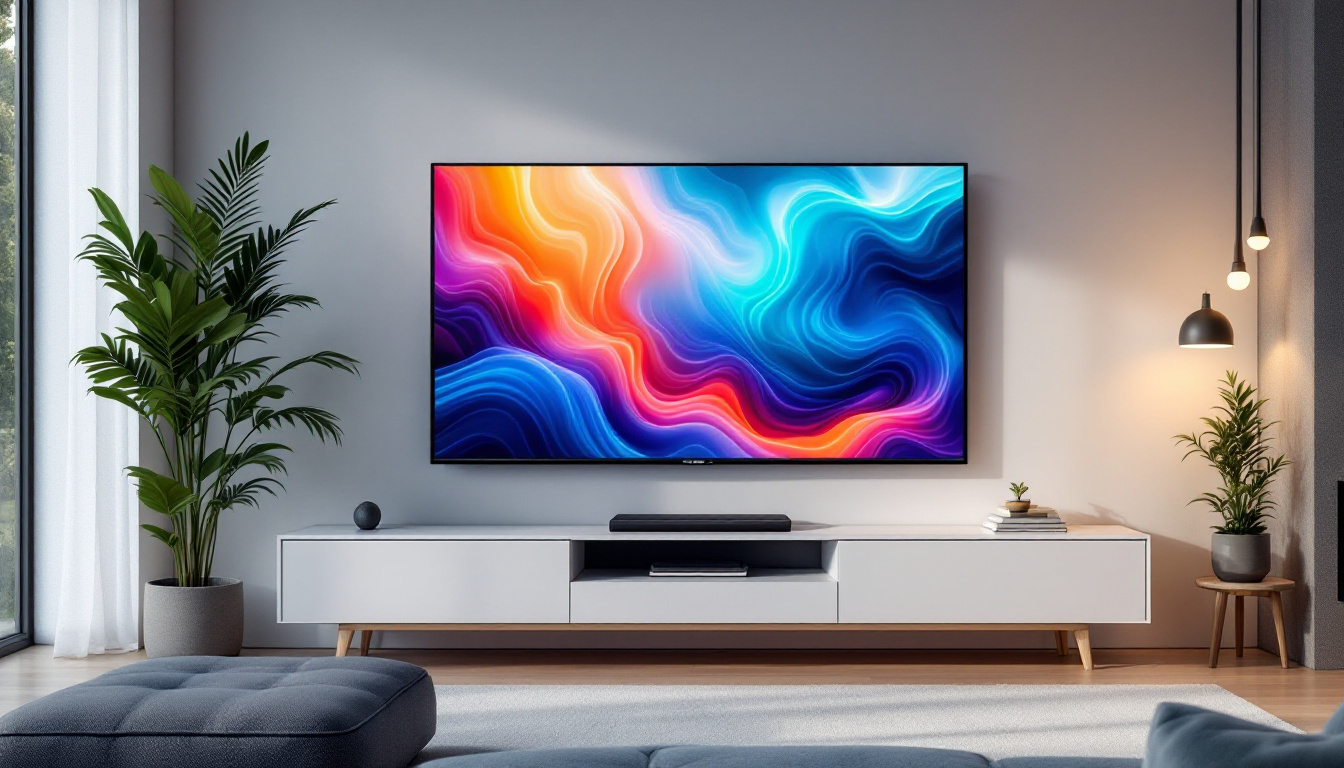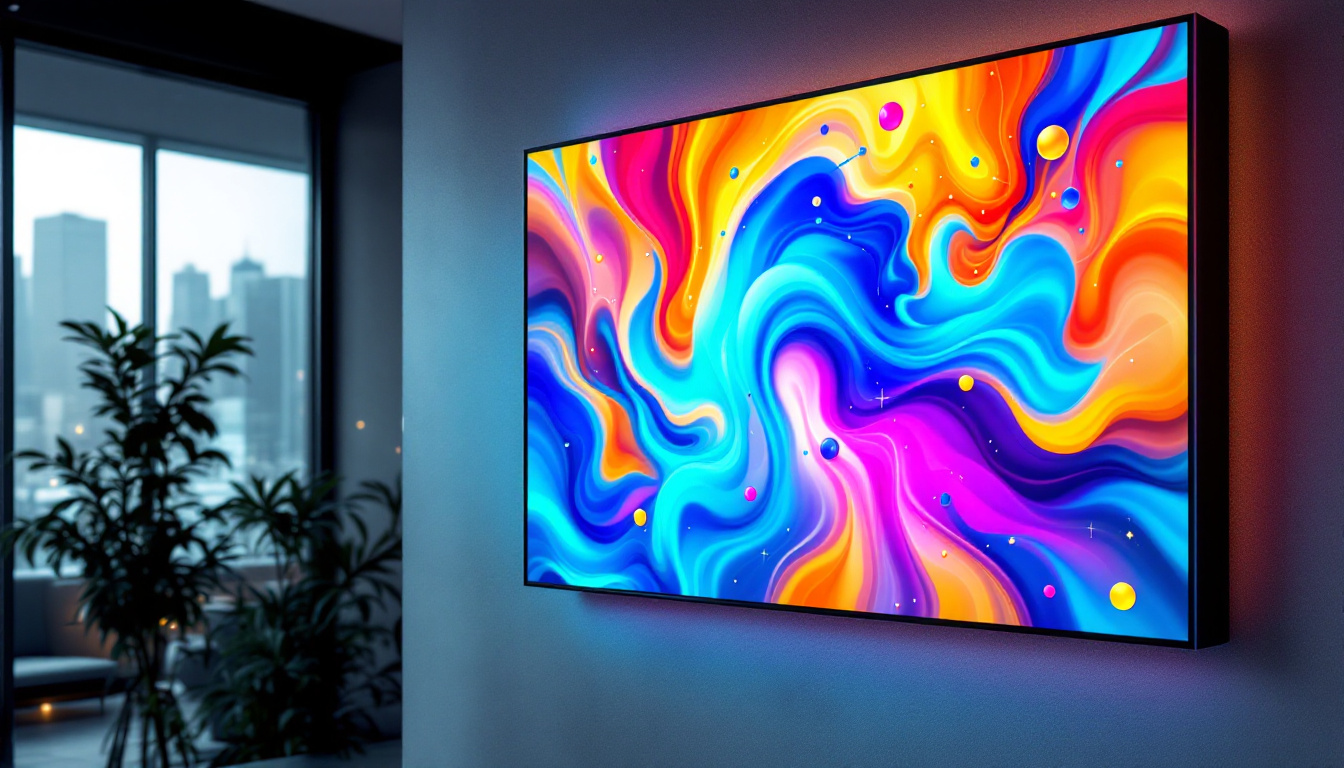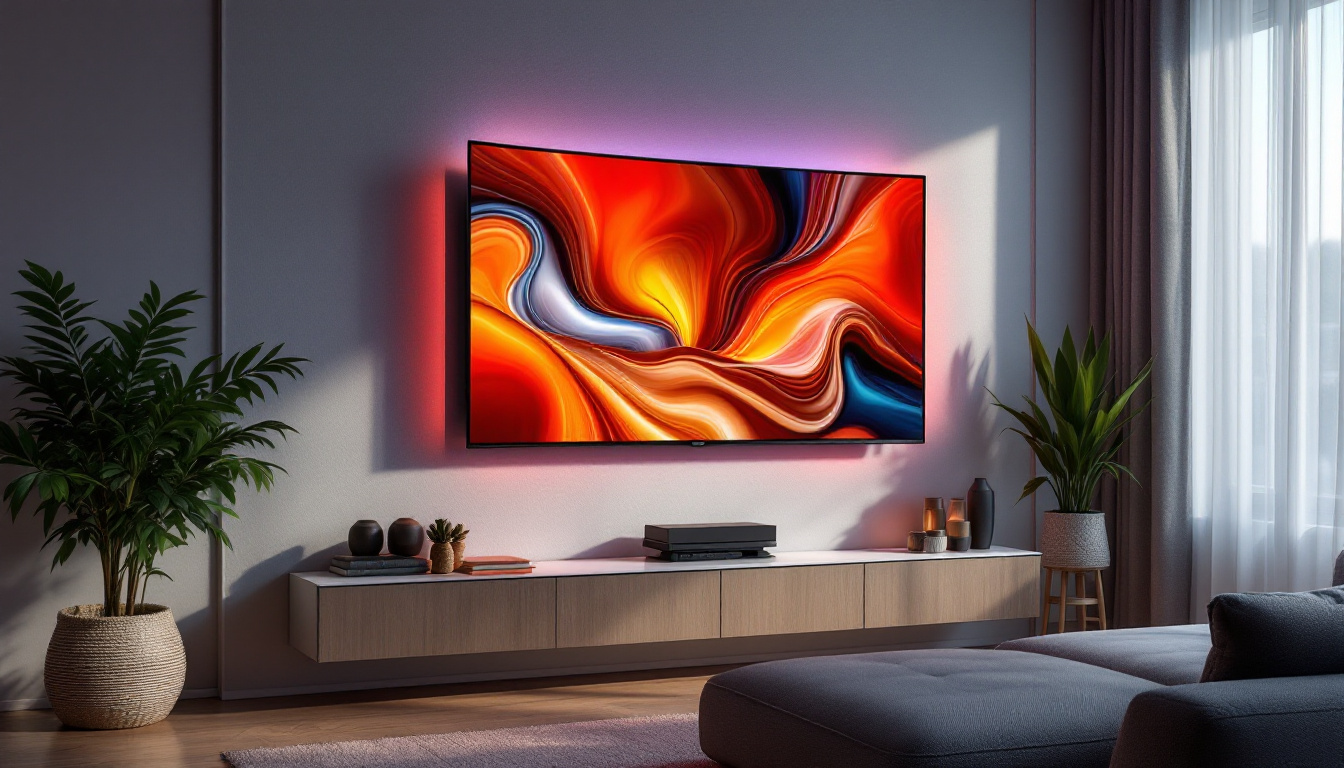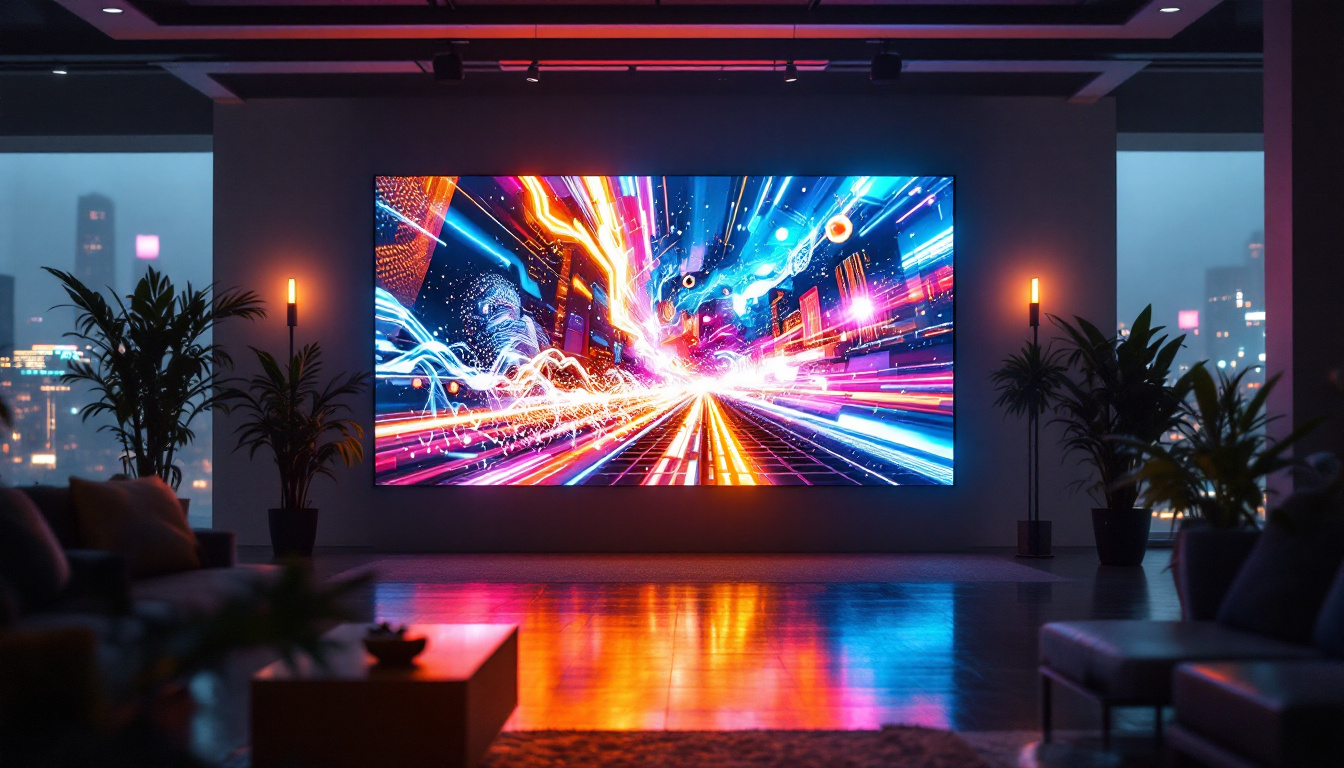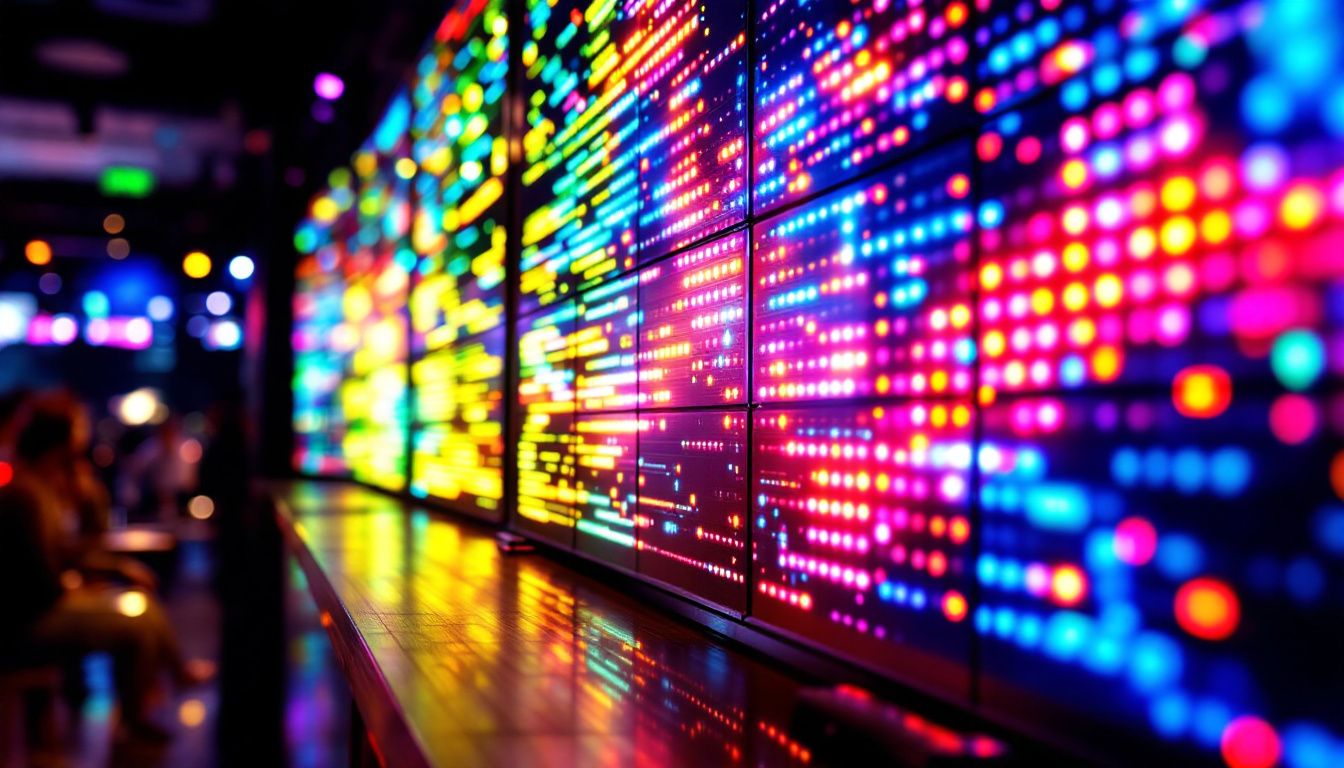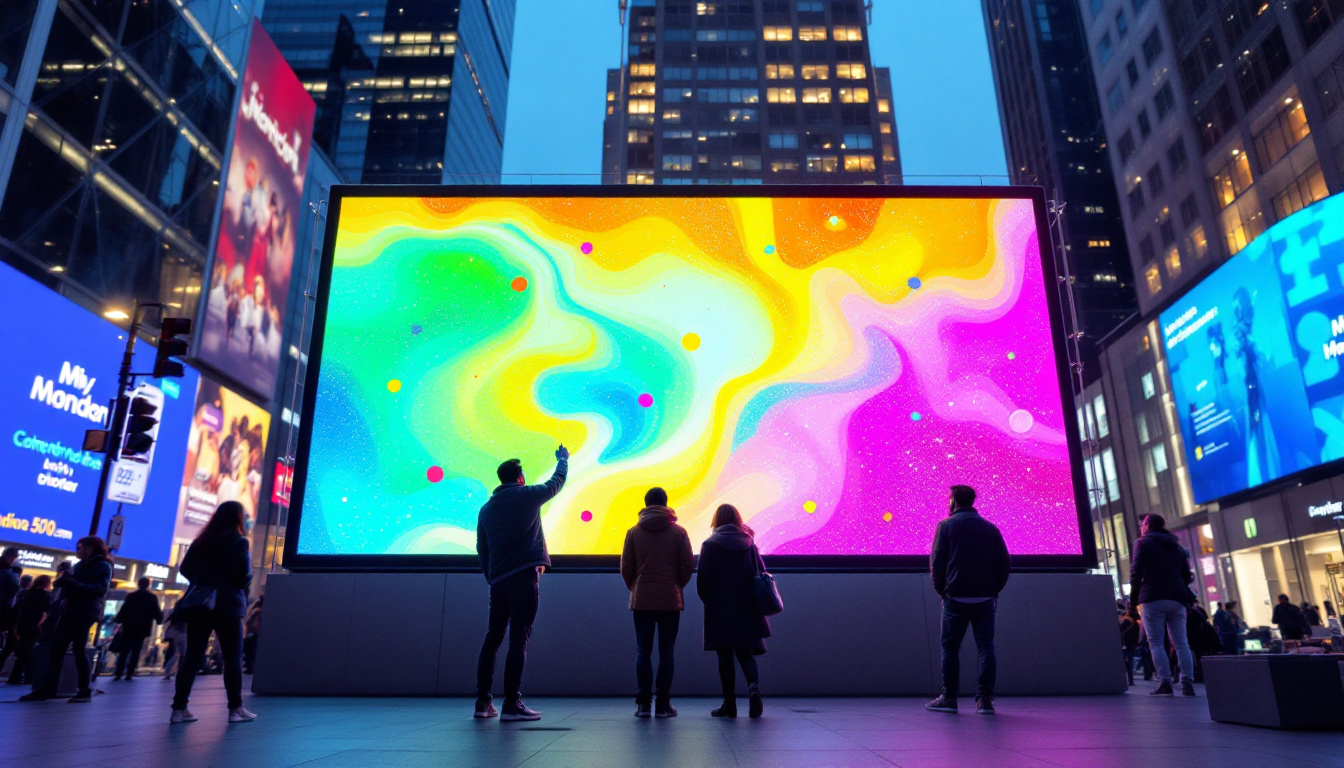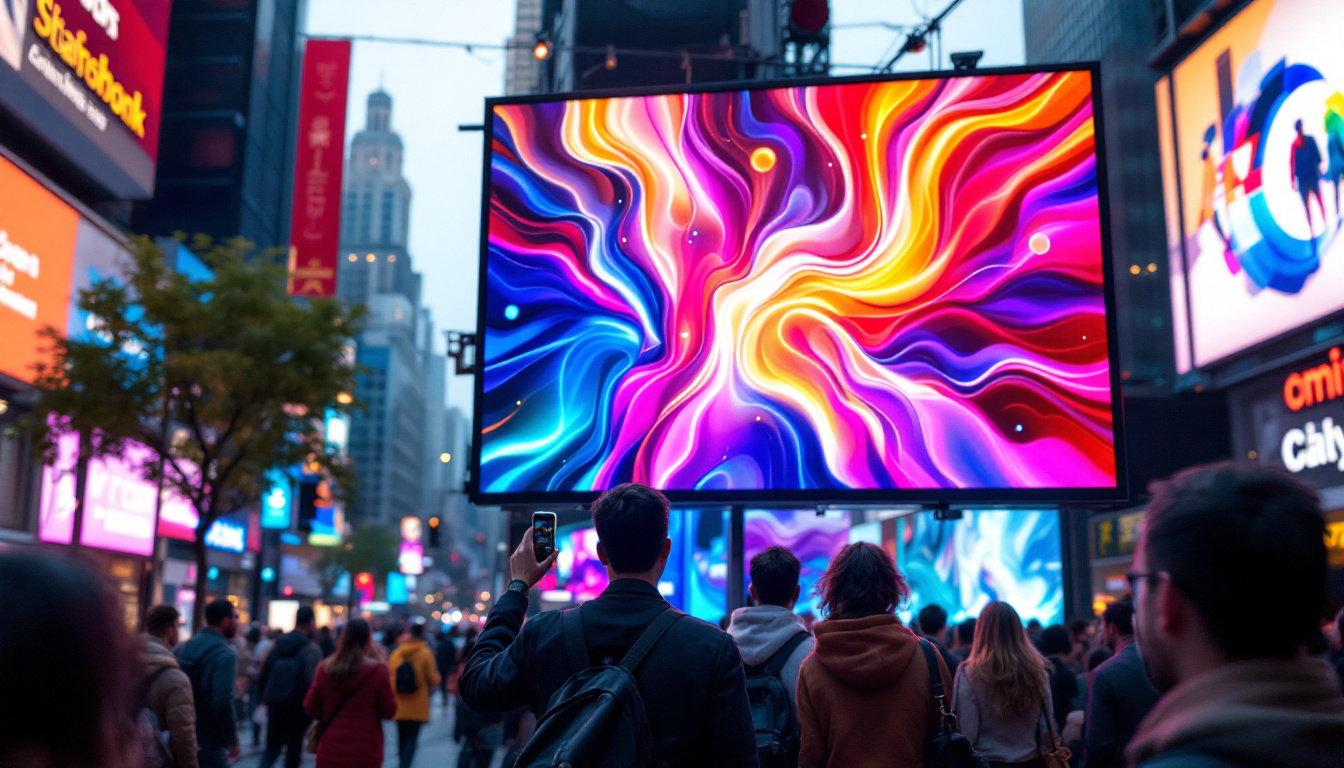In the world of laptops, display quality plays a crucial role in user experience. Among various display technologies, LED (Light Emitting Diode) has emerged as a popular choice, particularly for its brightness and energy efficiency. This article delves into the intricacies of LED displays, focusing on what makes them the brightest option for laptop screens.
Understanding LED Technology
LED technology has transformed the way screens are designed and manufactured. Unlike traditional LCD screens that use fluorescent backlighting, LED displays utilize tiny diodes to produce light. This fundamental difference not only enhances brightness but also improves color accuracy and energy consumption. The shift to LED technology has also led to thinner and lighter screens, making them more versatile for various applications, from smartphones to large-scale televisions.
How LED Works
LED displays consist of a matrix of diodes that emit light when an electric current passes through them. These diodes can be arranged in various configurations, such as edge-lit or backlit, to achieve optimal brightness and color reproduction. The backlighting in LED screens is typically more uniform, which contributes to a more consistent viewing experience. This uniformity is crucial for applications requiring precise color grading, such as video editing and graphic design.
In edge-lit displays, LEDs are placed along the edges of the screen, while in full-array displays, they are distributed across the entire panel. Full-array backlighting allows for local dimming, which enhances contrast and improves the overall visual quality. This feature is particularly beneficial for watching movies or playing video games, as it allows for deeper blacks and more vibrant colors, creating a more immersive experience.
Types of LED Displays
There are several types of LED displays available today, each offering unique advantages. The most common types include:
- Standard LED: This is the most basic form of LED technology, providing good brightness and color accuracy for everyday tasks.
- IPS (In-Plane Switching): Known for its wide viewing angles and superior color reproduction, IPS panels are ideal for graphic design and multimedia work.
- OLED (Organic Light Emitting Diode): This advanced technology offers exceptional contrast ratios and vibrant colors, making it a favorite among professionals in creative fields.
Each of these types has its own strengths, catering to different user needs and preferences. For instance, while OLED displays are celebrated for their deep blacks and rich colors, they may not be as bright as their LED counterparts in well-lit environments. Conversely, standard LED displays excel in brightness, making them suitable for outdoor use or brightly lit rooms. Additionally, advancements in mini-LED technology are emerging, which promise to combine the best features of both traditional LED and OLED, offering enhanced brightness and contrast levels while reducing the drawbacks of each technology.
Brightness Levels in Laptop Screens
Brightness is measured in nits, with higher numbers indicating a brighter display. A typical laptop screen may range from 200 to 300 nits, while premium models can exceed 500 nits. Understanding brightness levels is essential for choosing the right laptop for specific tasks.
Importance of Brightness
Brightness plays a pivotal role in how well a screen performs in various lighting conditions. For instance, a brighter screen is essential for outdoor use, where sunlight can wash out less luminous displays. Additionally, higher brightness levels enhance visibility in dimly lit environments, making it easier to work or enjoy media without straining the eyes. Furthermore, the ability to adjust brightness can also contribute to energy efficiency; lower brightness settings can help extend battery life, which is particularly beneficial for users who are frequently on the go.
Choosing the Right Brightness for Your Needs
When selecting a laptop, consider your primary use case. For general office work or web browsing, a screen with 250-300 nits may suffice. However, for photographers, videographers, or gamers who require precise color accuracy and vibrant visuals, opting for a display with 400 nits or higher is advisable. Additionally, features such as anti-glare coatings can complement brightness levels by reducing reflections, thereby improving the overall viewing experience. It’s also worth noting that some laptops offer adaptive brightness settings, which automatically adjust the screen’s brightness based on ambient light, providing an optimal viewing experience while conserving battery life.
Impact of Brightness on Eye Health
Another crucial aspect to consider is the impact of screen brightness on eye health. Prolonged exposure to screens with inadequate brightness can lead to eye strain, fatigue, and discomfort, often referred to as digital eye strain or computer vision syndrome. A well-lit screen can help mitigate these effects, allowing users to focus for extended periods without discomfort. Moreover, many modern laptops come equipped with blue light filtering technology, which can be particularly beneficial when working late at night or in low-light conditions. This feature, combined with appropriate brightness levels, can significantly enhance the comfort of your viewing experience, making it easier to maintain productivity without compromising your well-being.
Color Accuracy and Contrast
Brightness alone does not determine the quality of a laptop screen. Color accuracy and contrast are equally important factors that contribute to the overall visual experience. LED displays are known for their ability to reproduce colors more accurately than traditional LCDs.
The Role of Color Gamuts
Color gamut refers to the range of colors a display can reproduce. Common color spaces include sRGB, Adobe RGB, and DCI-P3. A wider color gamut allows for more vibrant and lifelike images, which is particularly beneficial for creative professionals who rely on accurate color representation.
Many high-end LED displays cover a significant portion of these color spaces, ensuring that users can work with colors as they were intended to be seen. For instance, Adobe RGB is often favored by photographers and graphic designers because it encompasses a broader spectrum of colors, particularly in the green and cyan areas, allowing for more nuanced and detailed edits. This capability is crucial when working on projects that demand precise color matching, such as print media, where the final output must closely reflect the digital design.
Understanding Contrast Ratios
Contrast ratio measures the difference between the darkest and brightest parts of an image. A higher contrast ratio results in deeper blacks and brighter whites, enhancing the overall viewing experience. LED displays, especially those with local dimming capabilities, can achieve impressive contrast ratios, making them suitable for watching movies or playing games.
Moreover, the perceived contrast can also be influenced by the ambient lighting conditions in which the display is used. In darker environments, a high contrast ratio can create a more immersive experience, allowing for better detail in shadowy scenes. Conversely, in well-lit settings, displays with poor contrast may struggle to maintain clarity, leading to a washed-out appearance. This is why many users prefer screens with excellent contrast ratios for tasks such as gaming or watching films, where visual depth and detail can significantly enhance enjoyment and engagement.
Energy Efficiency and Longevity
One of the standout features of LED technology is its energy efficiency. Compared to traditional LCDs, LED displays consume less power, which can lead to longer battery life in laptops. This is a significant consideration for users who rely on portability.
Benefits of Energy Efficiency
energy-efficient displays not only reduce electricity costs but also contribute to a lower carbon footprint. As more individuals and organizations prioritize sustainability, choosing laptops with LED displays can be a step towards more environmentally friendly computing.
Longevity of LED Displays
LED technology is known for its durability and longevity. Unlike older display technologies that may suffer from burn-in or color degradation over time, LED screens tend to maintain their brightness and color accuracy for a longer period. This makes them a wise investment for users looking for a reliable and long-lasting display.
Comparing LED Displays with Other Technologies
While LED displays are a popular choice, it’s essential to compare them with other display technologies to understand their advantages and limitations. This comparison helps users make informed decisions based on their specific needs.
LED vs. LCD
While both LED and LCD technologies are often mentioned together, the key difference lies in the backlighting method. LED displays provide better brightness, contrast, and color accuracy compared to traditional LCDs that use fluorescent backlighting. As a result, LED displays have largely replaced standard LCDs in modern laptops.
LED vs. OLED
OLED displays offer superior contrast ratios and color reproduction compared to LED displays. Each pixel in an OLED screen emits its own light, allowing for true blacks and vibrant colors. However, OLED technology can be more expensive and may suffer from burn-in issues if static images are displayed for prolonged periods. For users prioritizing color accuracy and contrast, OLED may be the better choice, while LED remains a solid option for general use.
Future Trends in Laptop Display Technology
The display technology landscape is continually evolving, with advancements aimed at enhancing brightness, color accuracy, and energy efficiency. Emerging trends in laptop displays are set to redefine user experiences in the coming years.
Mini-LED Technology
Mini-LED is an exciting development in display technology that utilizes smaller LEDs for backlighting. This allows for more precise control over brightness and contrast, resulting in improved image quality. Mini-LED displays promise to bridge the gap between traditional LED and OLED technologies, offering the best of both worlds.
MicroLED Displays
MicroLED technology takes miniaturization a step further, with each pixel functioning independently. This results in exceptional brightness, contrast, and color accuracy. While still in the early stages of development, MicroLED displays have the potential to revolutionize laptop screens by offering unparalleled visual experiences.
Conclusion
In summary, LED displays have become the standard for laptop screens due to their brightness, energy efficiency, and color accuracy. Understanding the intricacies of LED technology, including brightness levels, color accuracy, and energy efficiency, is essential for selecting the right laptop for individual needs.
As technology continues to evolve, users can expect even brighter and more vibrant displays in the future. Whether for professional work, gaming, or casual use, LED displays offer a compelling combination of performance and reliability, making them a top choice for laptop screens today.
Discover the Future of Bright Displays with LumenMatrix
Ready to experience the pinnacle of LED display technology? LumenMatrix is at the forefront of innovation, offering a diverse range of LED display solutions that cater to your every need. From captivating Indoor LED Walls to dynamic Outdoor LED Displays, and from versatile Vehicle LED Displays to sleek LED Poster Displays, our products are designed to revolutionize visual communication. Embrace the future with our cutting-edge LED Sports Displays, immersive Floor LED Displays, and the revolutionary All-in-One LED Display. Elevate your brand’s presence with our Custom LED Display options and see-through wonders like the LED Transparent Display. Don’t miss out on the opportunity to enhance engagement and share your message with unparalleled clarity. Check out LumenMatrix LED Display Solutions today and transform your visual experience.

